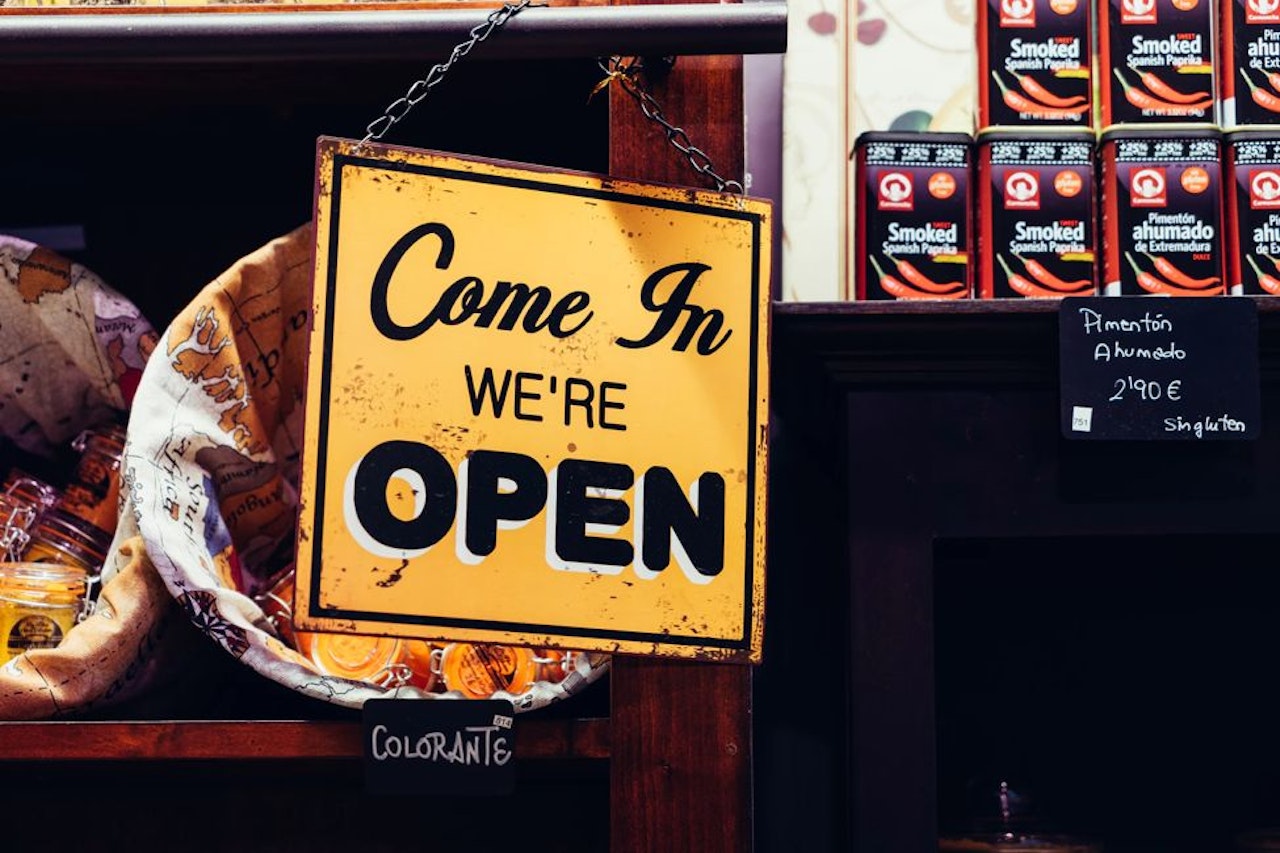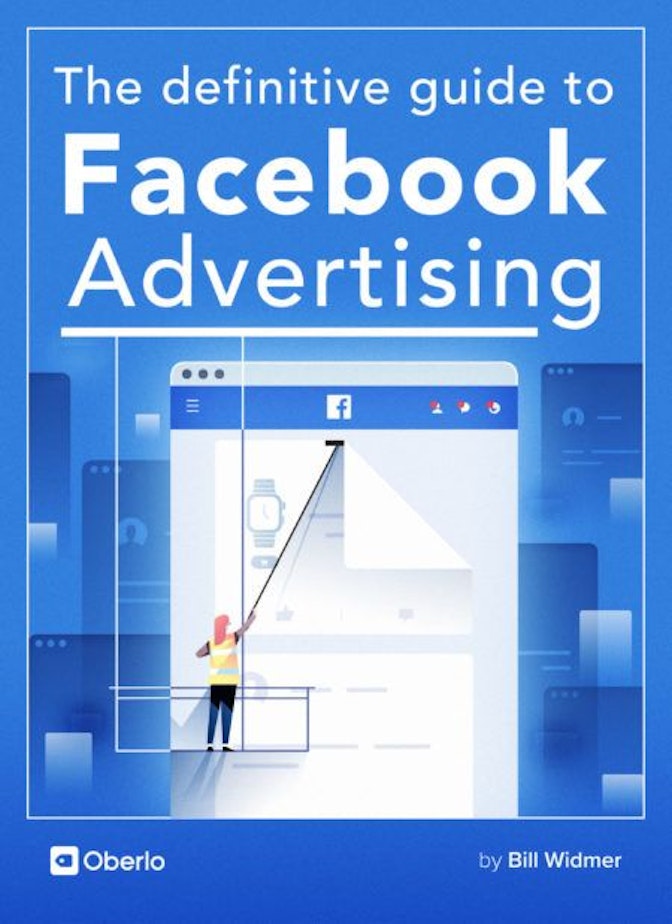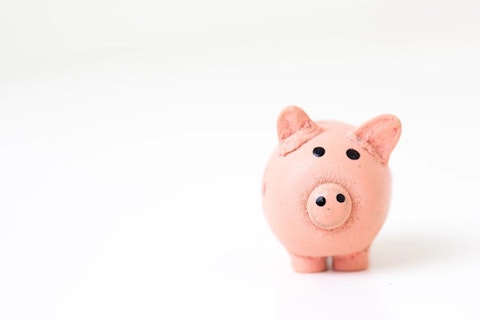So you have a website or local business and you want to run some Facebook ads. Great!
Facebook ads are an excellent way to drive leads and sales to your business. The best part is that you can set up an ad today and have money in the bank tomorrow – unlike other marketing methods, Pay Per Click (PPC) ads have the potential to create immediate business growth.
But let’s back up for a second. First, how should you think about Facebook Ads for beginners? What’s the big picture? To answer that question, we have William Harris, a Facebook Ads expert and the founder of PPC agency Elumynt:

William Harris, Elumynt
“Before you turn on Facebook ads, you need to think critically about your goal.
You want sales – obviously – but it’s not always that easy. If your product is difficult to explain, maybe you need an awareness campaign (like a video) before you hit them with the direct response ad. If your product is expensive ($5,000+) you might actually need to drive them to a landing page for leads and then convert them offline.
But the bottom line is that you need to set a clear goal before you can execute a winning Facebook ads strategy.”
So goal-setting is a big part of Facebook advertising. But you have to keep in mind that, like any new marketing strategy, Facebook ads have a big learning curve. You need to test, tweak, and be prepared to fall on your face a few times before things succeed. Jordan Bourque, dropshipping entrepreneur states:

Jordan Bourque, dropshipping entrepreneur
“Test everything. You are going to be exposed to countless numbers of strategies that people are using for their businesses, that won’t always work for yours.
In the beginning, you have to have the mindset that you are spending money to gain data and knowledge as opposed to just throwing it away. The more time you spend within the ad platform, the more you become familiar with it and learn what works.
Don’t get too attached to your campaigns. When I first started, there were times where I would let ads run longer than I should have. After some time, you become familiar with the KPIs to look for, and have a better understanding of when to scale or kill a campaign.”
Now, this book will get very technical. Step by step, we’ll guide you through exactly how to set up, run, test, tweak, and optimize your Facebook ads campaigns. You’ll be creating ad campaigns with 48 different ad sets, each testing a different element.
It sounds complicated, but we break it down so you know where to go, what to do, and how to do it. You’ll get screenshots for every step, plus videos and GIFs, so you’re never left guessing about the next action to take.
In this chapter, we’ll cover:
- Setting Initial Goals for Your Facebook Ads Strategy
- Visualizing the Facebook Ads Funnel
- What to Expect In Terms of Traffic and Engagement
- Examples of Successful Campaigns (And What You Can Learn From Them)
Let’s get started!



Setting Initial Facebook Ads Strategy Goals
Like William shared above, your goal will vary depending on the complexity and cost of your product or services. If you sell a commodity, like clothing or basic home decor, your ad goal can be strictly sales.
But if you sell something expensive (more than ~$150) or something that people aren’t familiar with (like a L’Oréal UV Sense – a small gadget worn on your fingernail that senses UV radiation), then you may need to run an awareness campaign meant to build awareness of your brand/product and trust with your audience.
→ Click Here to Launch Your Online Business with Shopify
For example, check out this ad by LIV Watches:
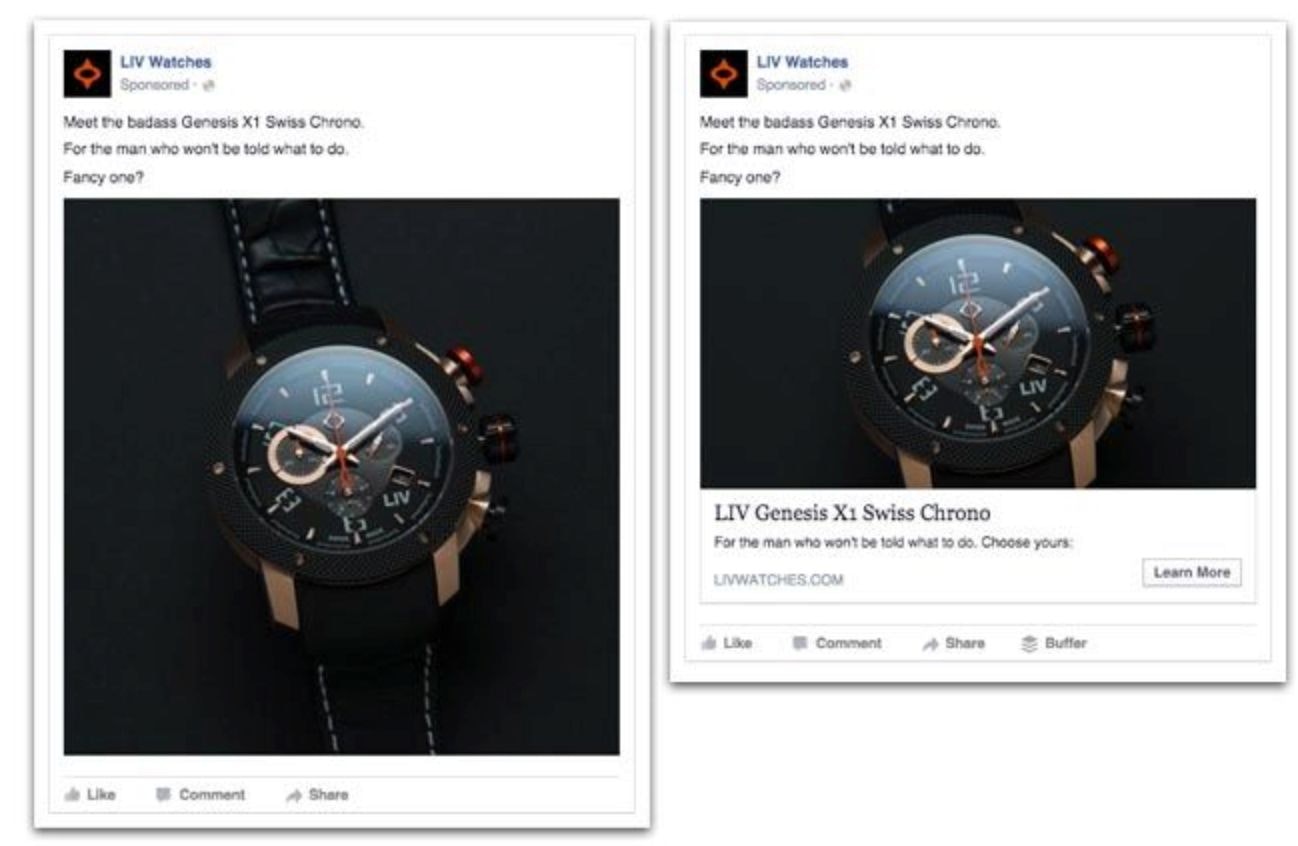
Notice the call to action – ‘Learn More’. While this is a sales ad, it’s meant to build awareness and interest. Even their ad copy is intended to be enticing: “For the man who won’t be told what to do.”
You have to decide for yourself what the intention of your Facebook Ads strategy will be – sales, leads, or awareness? This is something only you know, because only you know your products.
Visualizing the Facebook Ads Funnel
Now that you understand the overarching goals of Facebook ads, let’s dive into an actual ads funnel.
A typical sales funnel looks like this:
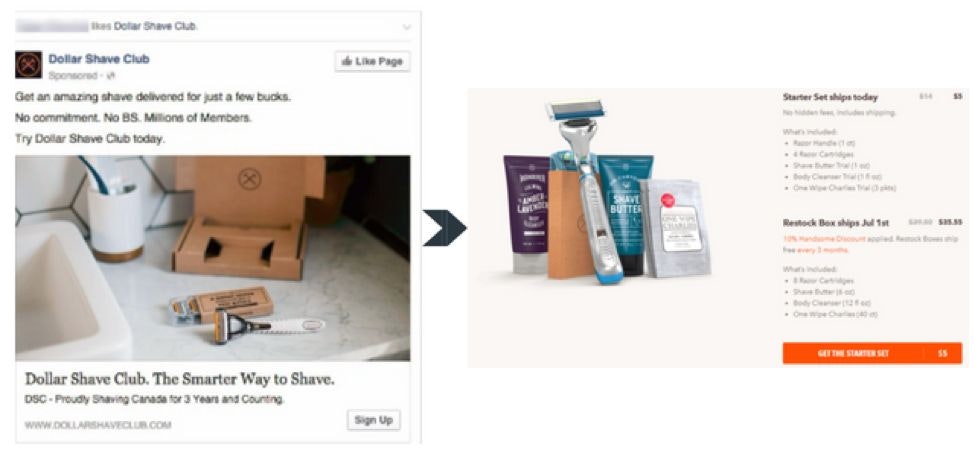
An ad leads to a landing page where the visitor buys something. Super easy, right?
However, Facebook ads can get much more complicated than this. You can have a lead capture campaign that funnels clicks to a lead magnet, such as a free ebook or consultation, where they enter their contact information. From there, you can send an email nurture campaign that continues to build trust between your leads and your brand, until you finally send a promotional email that gets the sale.
The complexity of your product and the goals you chose in the previous section will determine the length of the purchase funnel. So don’t skip that step!
What to Expect In Terms of Traffic and Engagement
Now you’re probably wondering – what kind of traffic, engagement, and sales should I expect when I run a Facebook ad? This is a really difficult question to answer, but let’s break it down.
Average Click-Through Rate (CTR)
According to a study by WordStream, the average CTR across all industries is 0.90 percent.
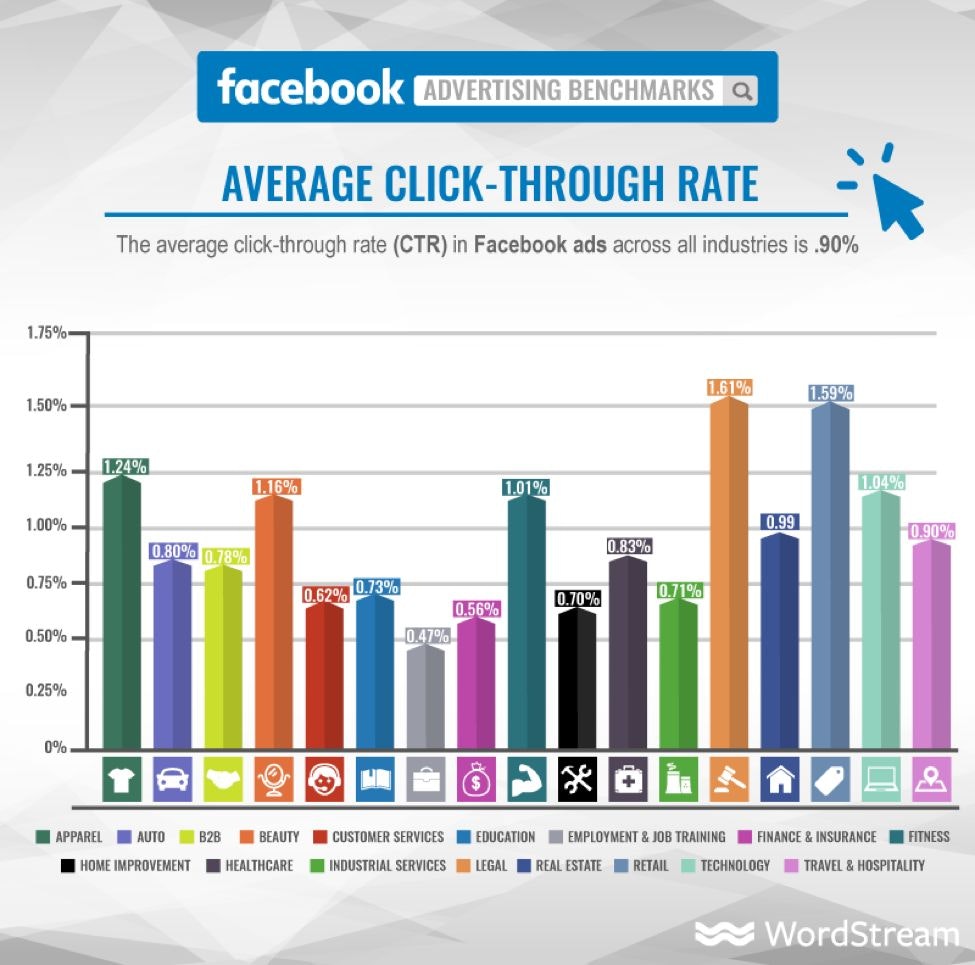
However, this is pretty much because most people are terrible at running Facebook ads. They just don’t understand how to target the right audience, run split tests, or optimize their ads and ad offers to get a decent CTR.
Luckily for you, we’ll teach you about all of that in this guide!
Average Cost Per Click (CPC)
Facebook ads have an average CPC of $1.72 across all industries.
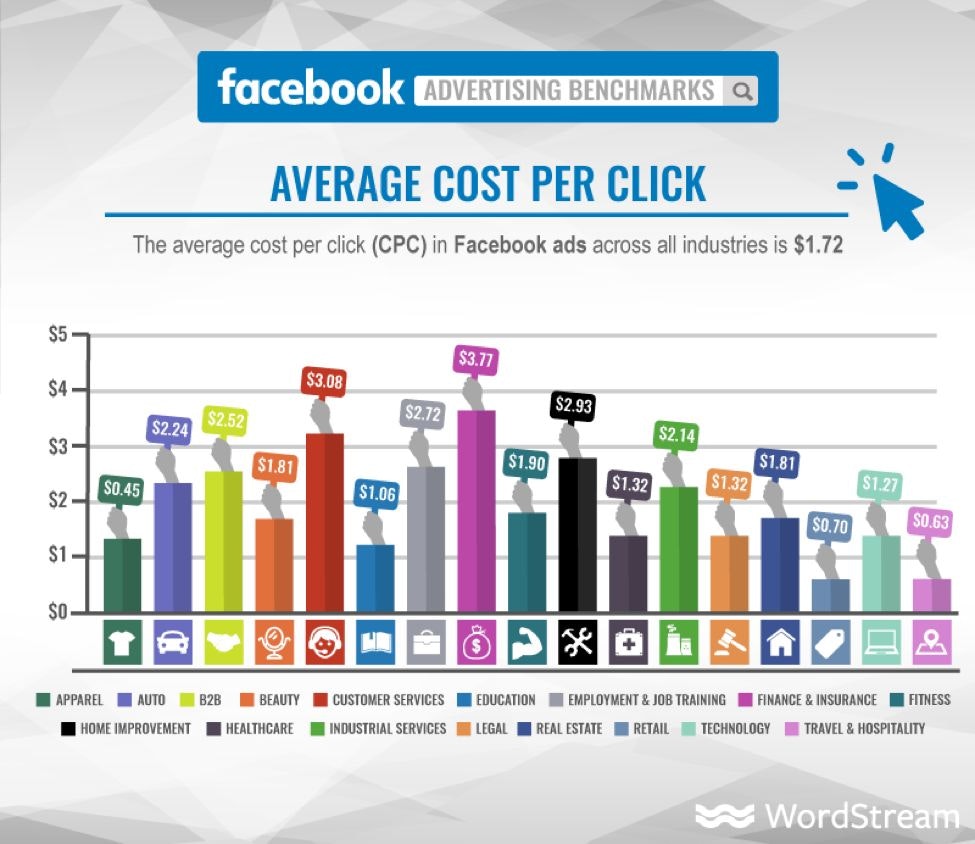
Average Conversion Rates (CVR)
On average, Facebook ads have a whopping 9.21% conversion rate across all industries.
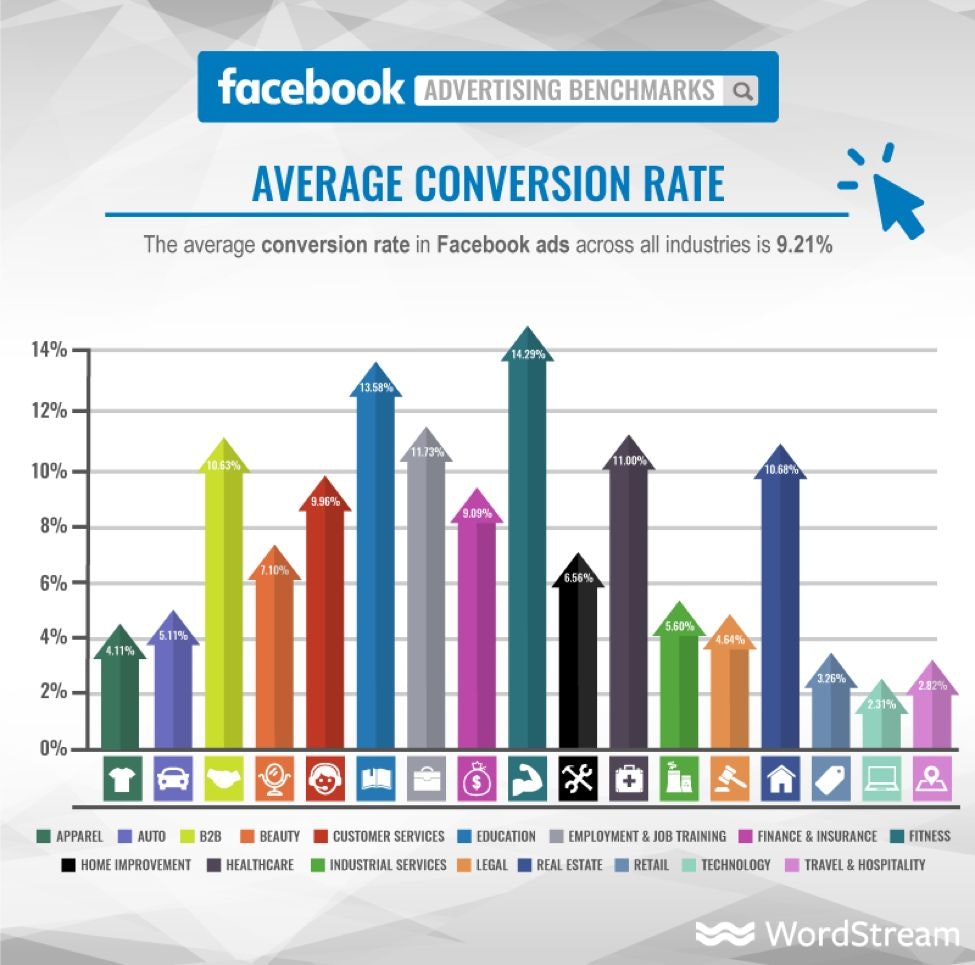
That’s pretty dang good for an average, considering the average landing page conversion rate is a measly 2.35%!
That said, there’s a huge gap between industries – the lowest being technology at 2.31% and the highest being fitness at an incredible 14.29%. So keep your industry in mind when setting your Facebook Ads strategy.
Average Cost Per Action (CPA)
CPA is the cost for a specific action on your post, such as link clicks. Facebook ads have an average CPA of $18.68 across all industries.
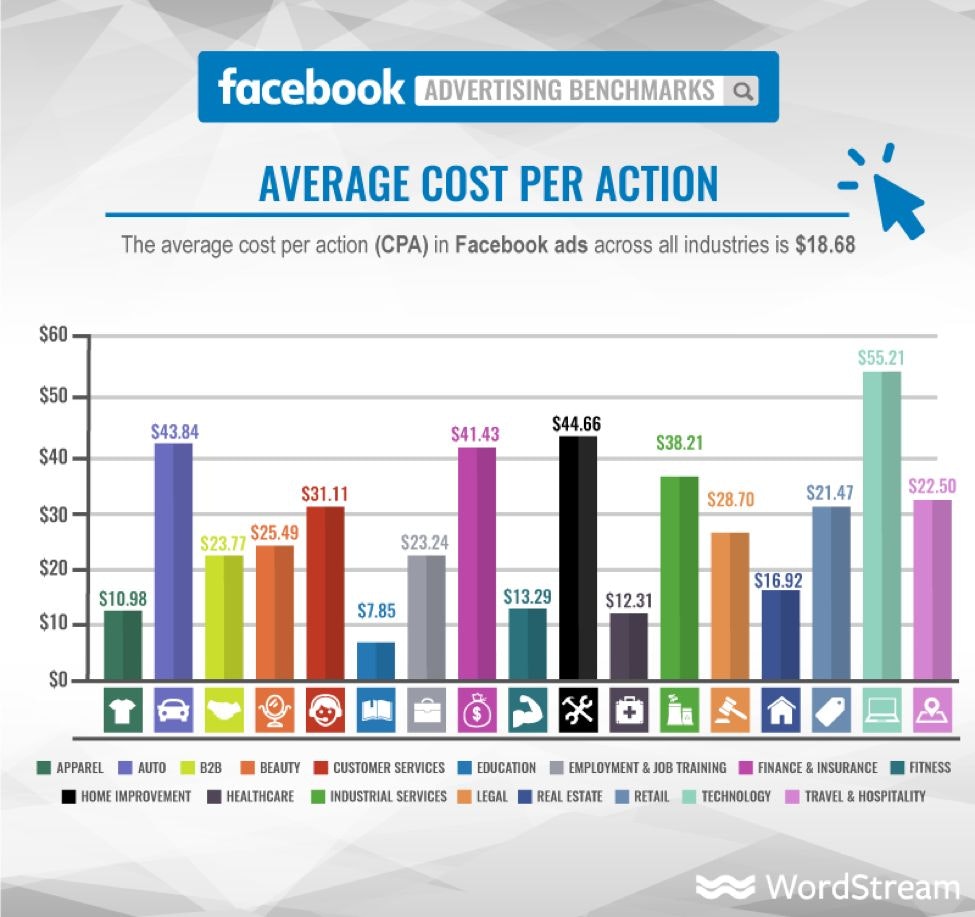
That said, as you can see, it’s skewed pretty heavily by the top five most expensive industries:
- Technology
- Home Improvement
- Automotive
- Finance and Insurance
- Industrial Services
For everyone else, the ads are significantly cheaper. If that’s you, you’re in luck! Otherwise, things might be a bit pricey for you.
That’s it for costs – what about engagement?
Average Facebook Engagement Rate
The average engagement rate of Facebook posts is a measly 0.17%.

In other words, it’s really hard to get people to interact with your content organically. After all, people are on social media to watch funny videos and interact with their friends and family – not engage with your advertising content.
But obviously, something about Facebook ads works, or people would stop responding to them. So let’s take a look at some incredibly successful ad campaigns and what they did differently!



Examples of Successful Campaigns (And What You Can Learn From Them)
To give you an idea of the full Facebook Ads strategy funnel, I’ve compiled three Facebook ad examples that worked really well. Let’s dive in!
1. Club W
Club W ran an excellent ad with a great offer – 3 bottles of wine for $19.
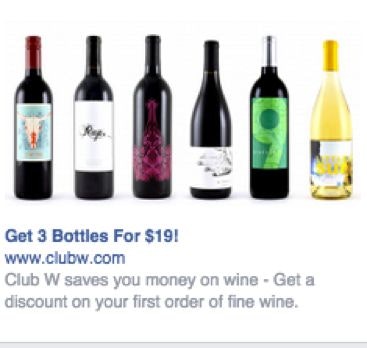
What makes this ad so great:
- It’s visual. You can see exactly what you’re getting right in the ad image.
- It’s relevant. My aunt LOVES wine, and this showed up in her newsfeed. That’s about as relevant as it gets!
- It has a very enticing value proposition. Three bottles of wine for $19? That’s a steal! I don’t drink a ton of wine, but I’d even take up this offer.
- It has a strong call to action. The word ‘get’ is a strong CTA word. It very blatantly tells people to click the box. A time limit would have made this even better.
2. CoSchedule
I love CoSchedule’s ads. Take a look:
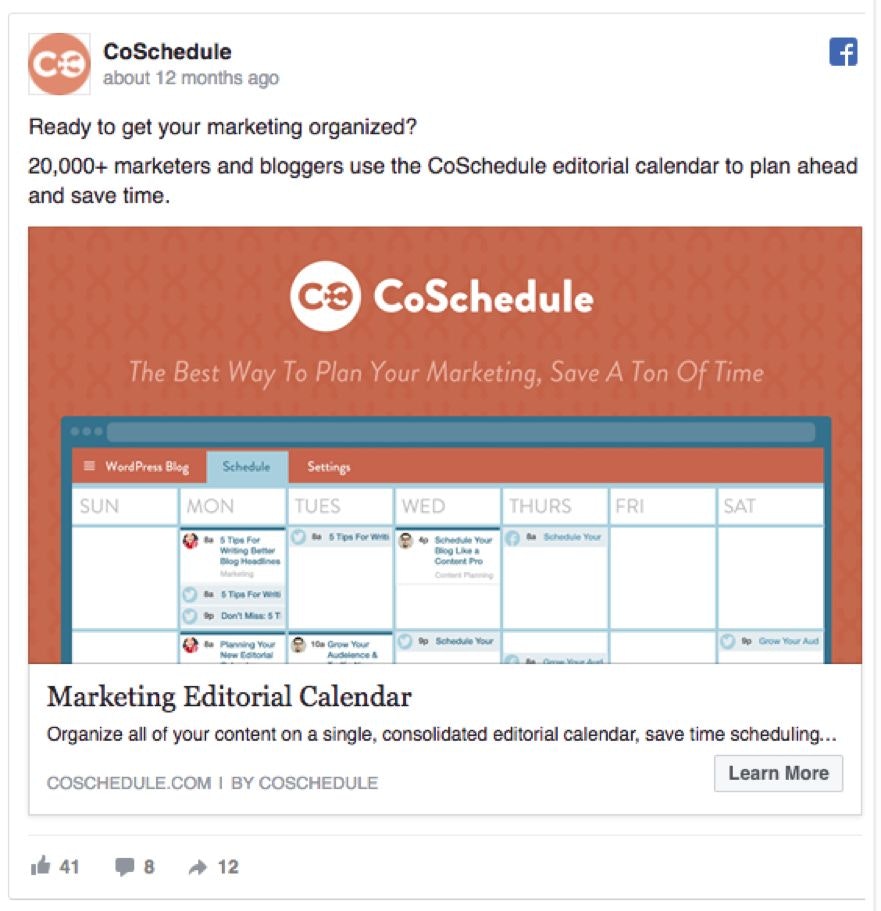
What makes this ad so great:
- It’s visual. The color pops out at you among the photos, videos, and text posts in your feed. And that’s always a good thing!
- It’s relevant. I’m a marketer, and nearly all marketers struggle with the organization of their campaigns. I also run several blogs, so this software could help me.
- It uses social proof. 20,000+ other marketers and bloggers are using it? It must be good! As you’ll learn in this guide, social proof is a powerful ad strategy.
- It shows you the product. It’s hard to show off software with an image, but they manage to do that well in this ad.
3. Asos
Asos uses dead simple advertising that gets results.
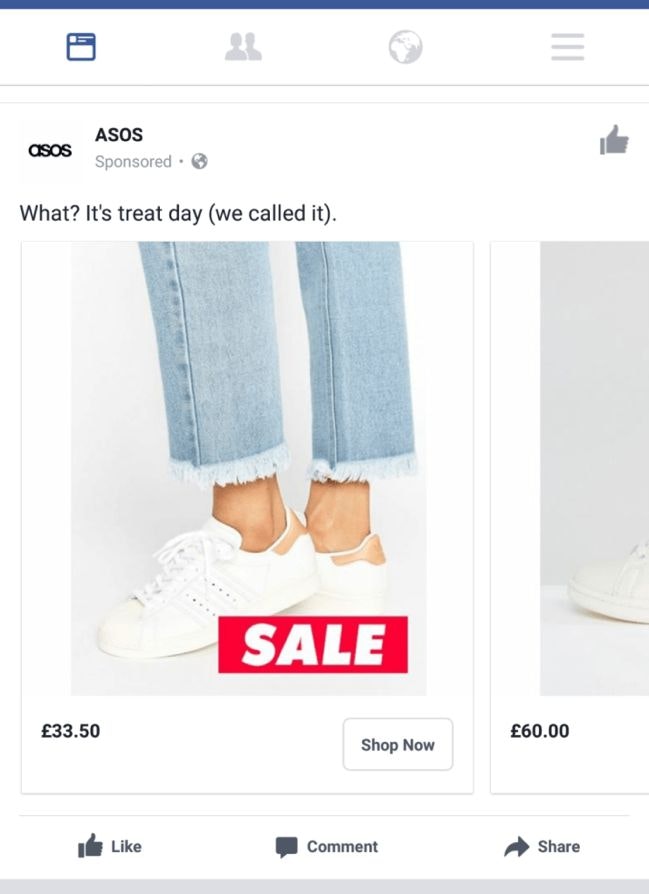
What makes this ad so great:
- It’s visual. What you see is what you get – new shoes!
- It’s relevant. This was actually a remarketing ad to people who looked at the shoes on their website. You’ll learn all about remarketing ads in this guide!
- It uses a big, bold, powerful statement. Having a big red box with the word ‘SALE’ in all caps is sure to catch anyone’s eye and make their ears perk up. It’s a powerful word.
- They get their audience. The only text – “What? It’s treat day.” – is relatable. By encouraging you to treat yourself, the copy helps you justify buying their products.
And there you have it! Three successful Facebook ads and the strategies behind why they worked. Now, let’s dive into some more specific Facebook advertising costs and how to calculate your budget for ad spend.
